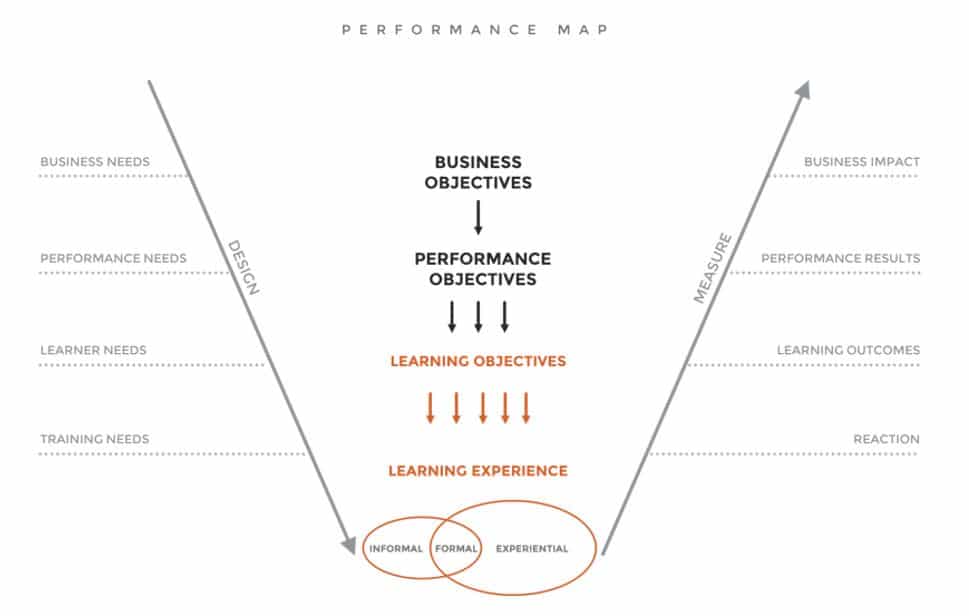Training metrics for MEASURING TRAINING SUCCESS
Get Results with Strategies to Develop Training Metrics
Any training program you develop is only as good as the results you get. You need strategies to measure training effectiveness. You need training metrics to determine whether your methods improve employee performance, lead to desired outcomes, and create positive impact at scale.
At AllenComm, our expert instructional designers develop your training with learning measurement and training evaluation in mind. We use an in-depth needs analysis and performance mapping to better understand our clients' challenges and needs.
We develop a strategy to link performance behaviors with goals for ROI and create a custom learning solution around a set of specific, pre-defined training metrics. Together, we set the benchmarks you need to build a successful training program, continue with improvements over time, and automate the training evaluation process.
Work with us to be sure you'll see measurable results from your training programs.
CHALLENGES TO MEASURING LEARNING’S IMPACT
Very few learning organizations identify and track training metrics that are tied to business results (i.e. behavior change, and business impact).
Brandon Hall Group’s 2021 Learning Measurement Study found that the greatest challenges for a business organization to measure the impact of learning include:


The AllenComm performance mapping process defines four levels of training metrics to evaluate the success of your learning solution (per Kirkpatrick’s Four Levels of Evaluation):
-
Reaction – Gauges overall learner sentiment and satisfaction with the training by measuring engagement, relevancy, confidence level, complexity, and usability (data from surveys, interviews, help desk)
-
Learning Outcomes– Evaluates whether the skills or knowledge were learned (data from pre- and post-exam, scored activities)
-
Performance Results – Measures observable changes in behavior (operational data or score cards)
-
Business Impact – Assesses the impact on the business (increased sales, decreased operational costs)






